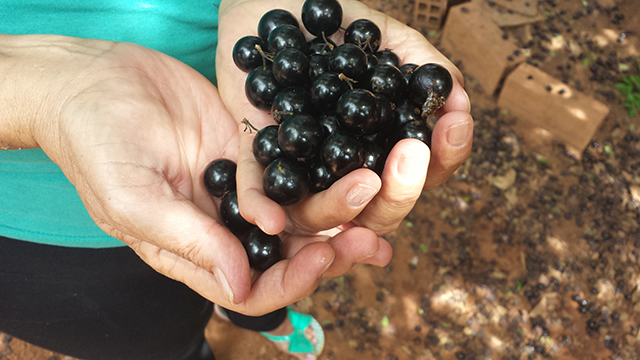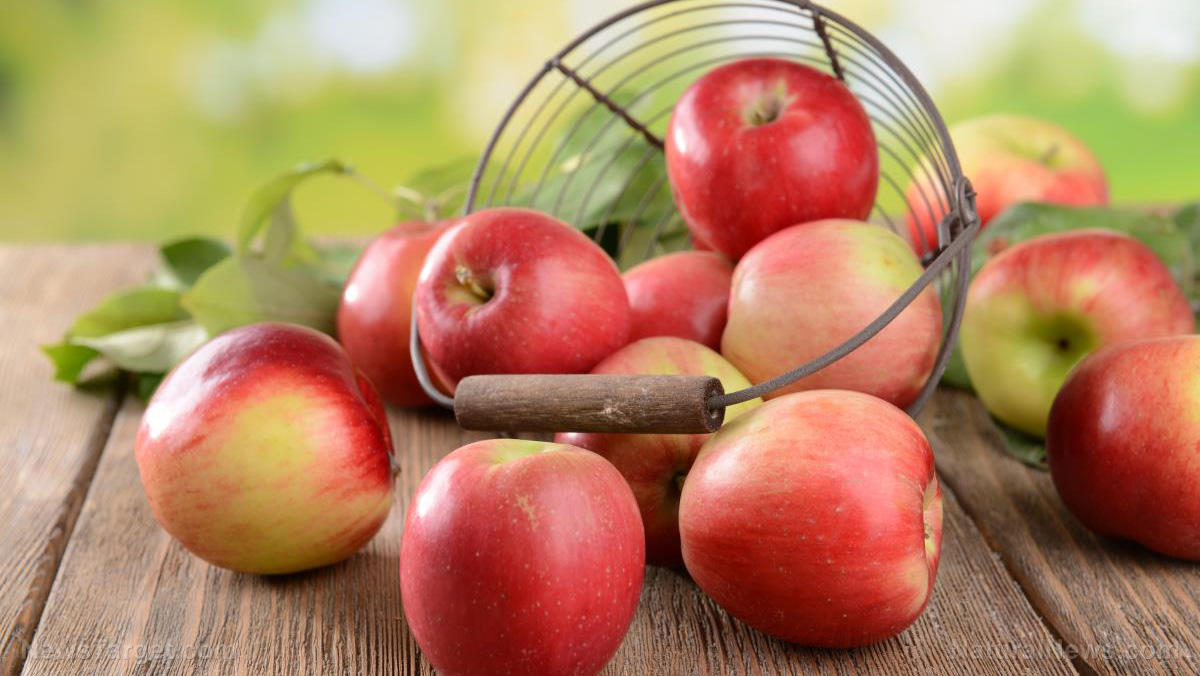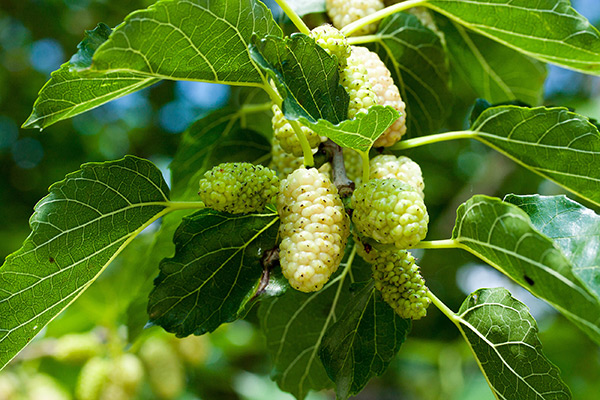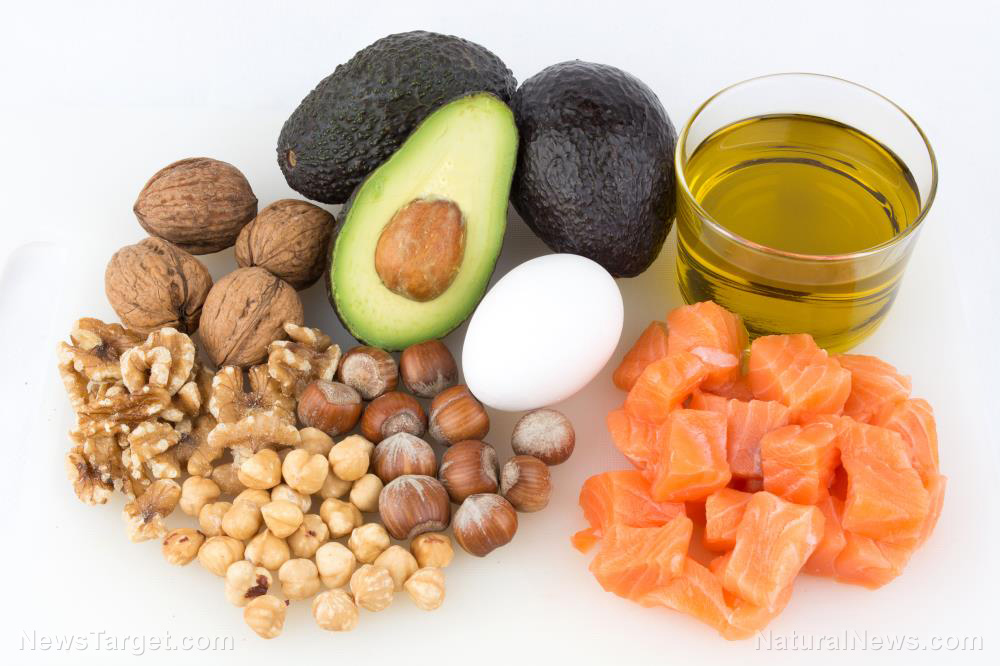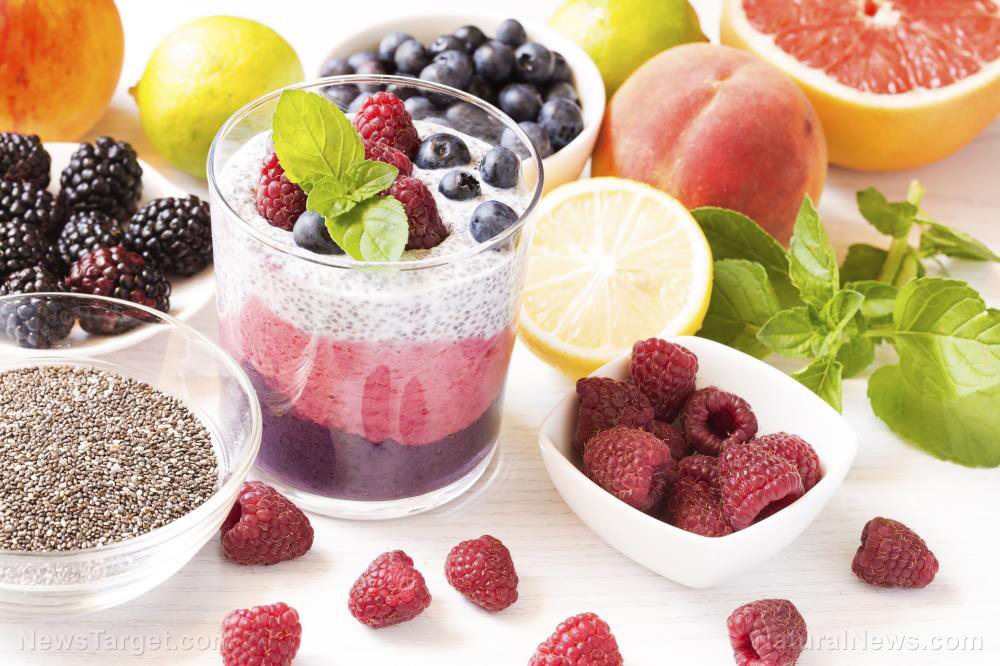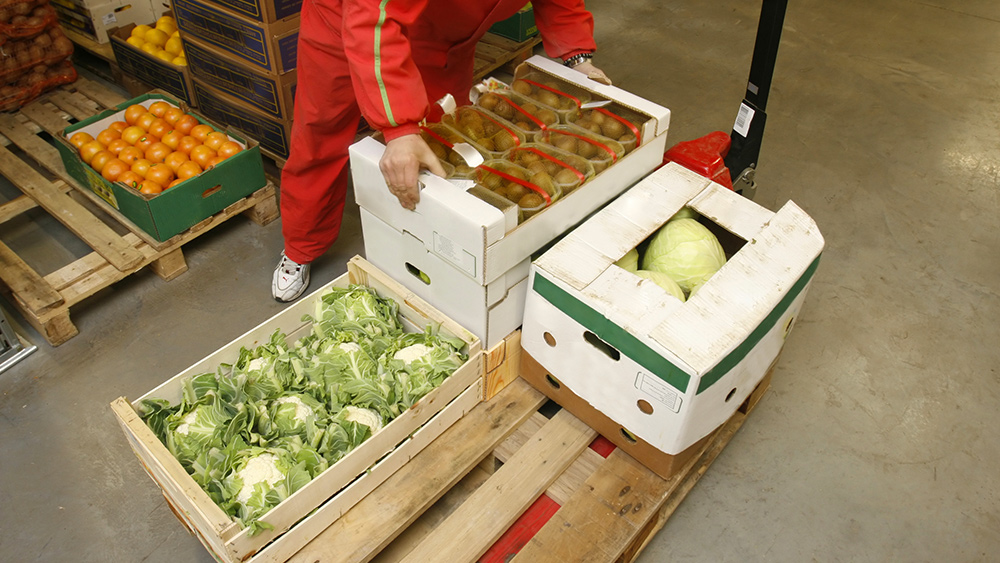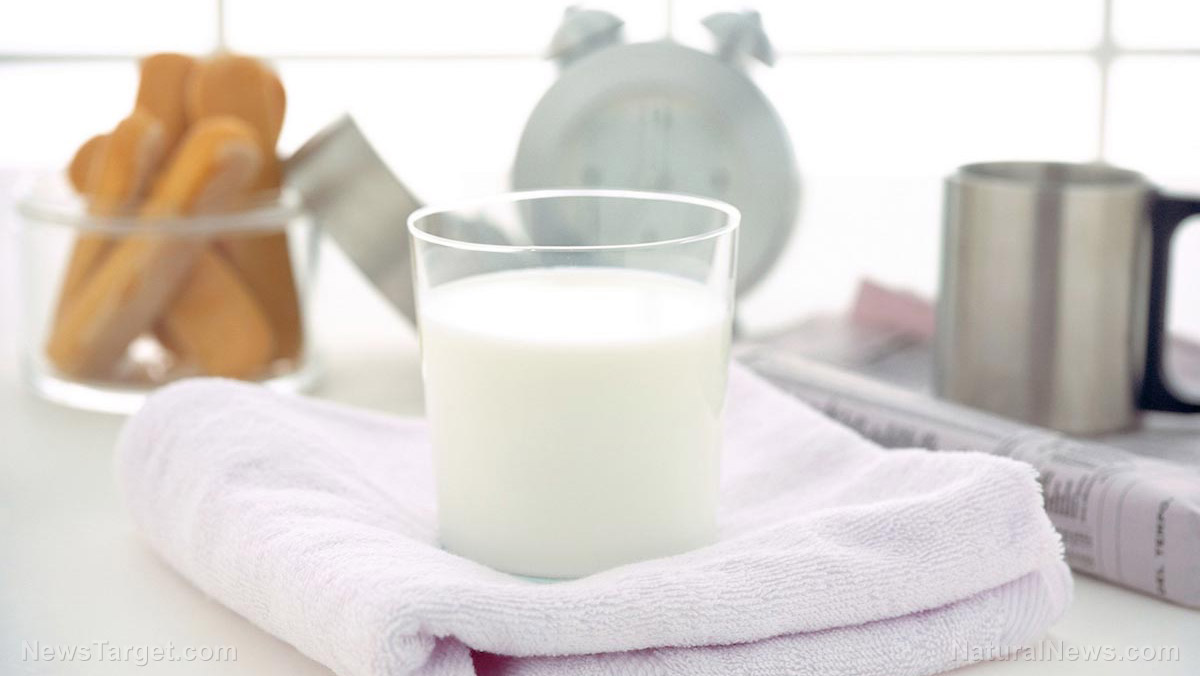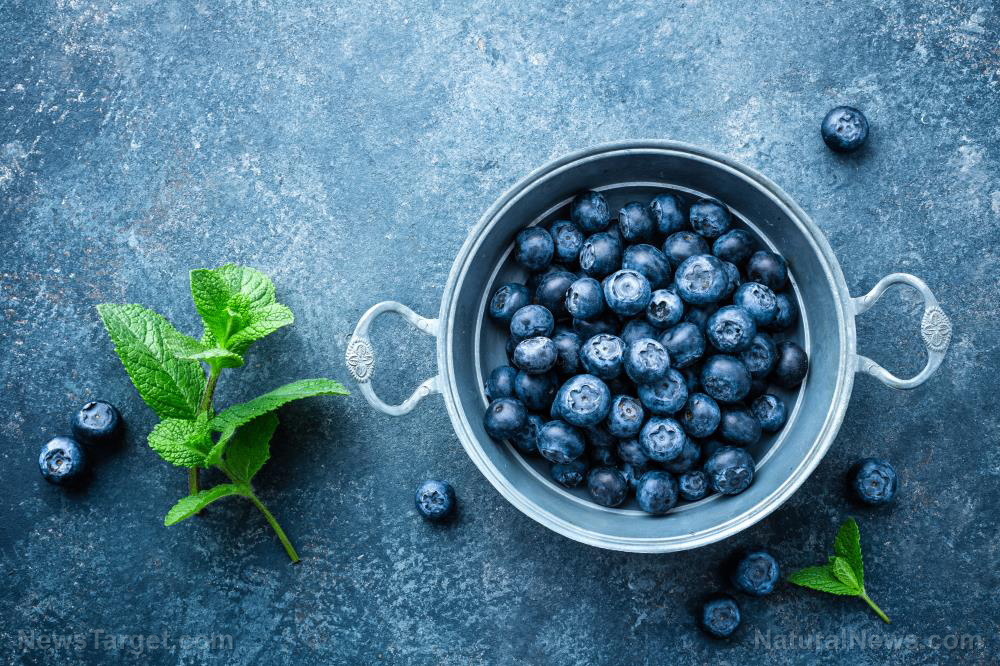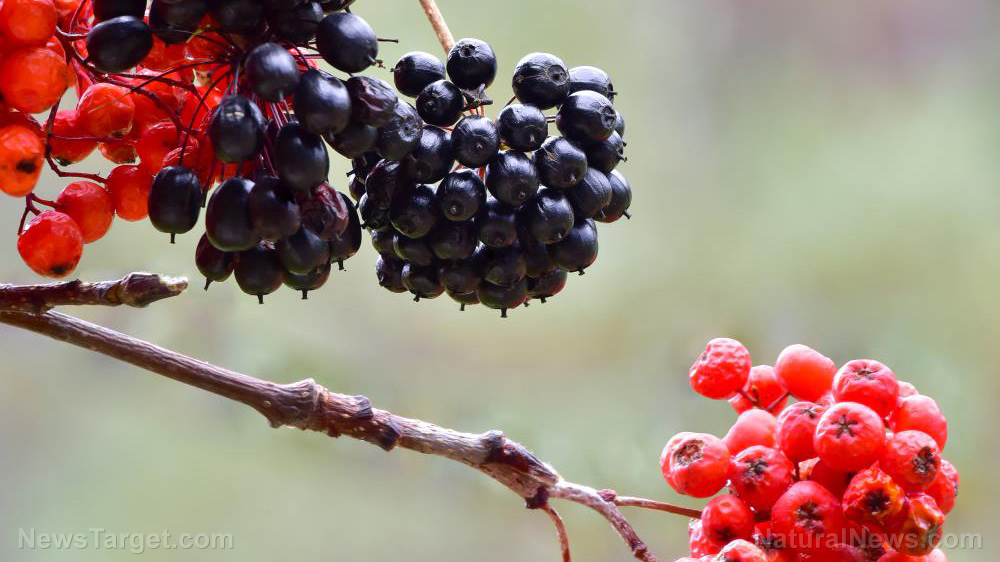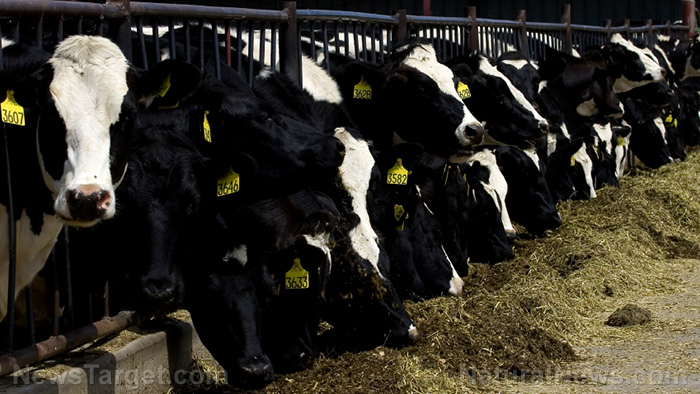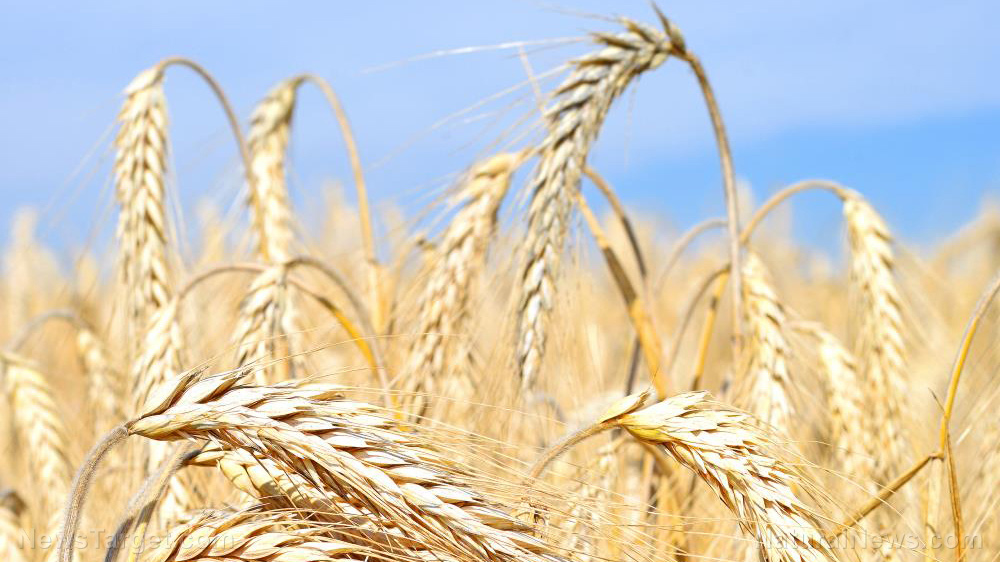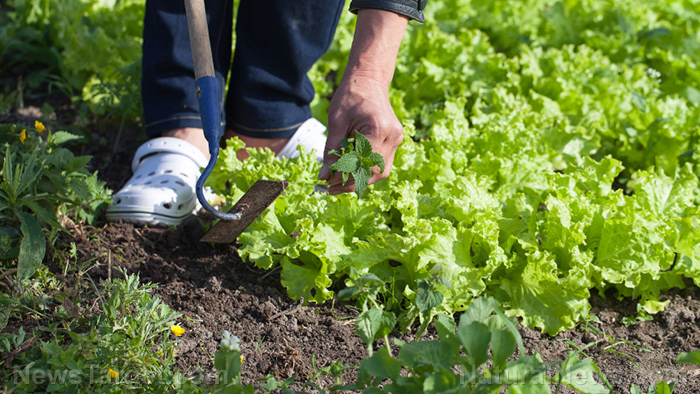Comparing the properties of wheat flour and yam flour
06/09/2020 / By Evangelyn Rodriguez
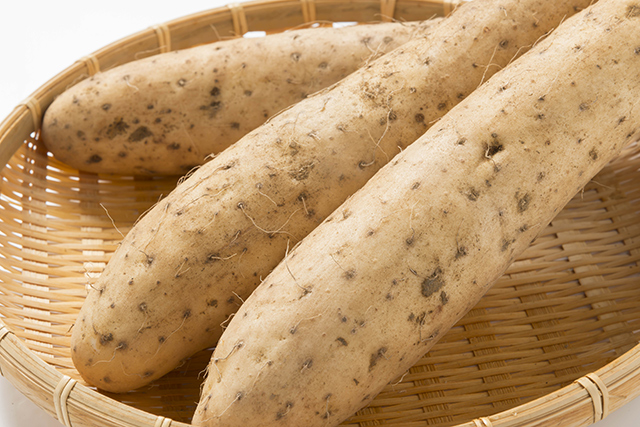
In this study, researchers at North Dakota State University compared the physical and chemical properties of fermented (brown) yam flour and unfermented (white) yam flour with those of refined wheat flour (RWF). Their findings were published in the Journal of Food Processing and Preservation.
- Yam is a staple crop grown in Asia, the Caribbean, South Pacific and in tropical and subtropical Africa, where it serves as the main source of calories.
- Increased utilization of local staple crops like yam for the production of composite flours and other food products can benefit farmers and other local economies.
- To support the development of such products, including gluten-free foods like cakes and pastries, the researchers decided to study the functional characteristics of different yam flours.
- They reported that, compared with RWF, yam flours contain less protein (3.3 to 5.9 percent), arabinoxylans (0.93 to 1.40 percent), phytic acid (0.17 to 0.53 mg/g), phenolic acids (0.57 to 2.28 mg ferulic acid equivalent [FAE]/g), amylose (17.3 to 22.6 percent) and fat (0.2 to 0.4 percent).
- On the other hand, they contain higher amounts of potassium (119 to 845 mg/100 g), ash (1.70 to 2.21 percent), total starch (73.8 to 74.2 percent) and fiber (6.8 to 7.0 percent).
- The researchers also found that while all the samples exhibited high (>90) estimated glycemic index (eGI) values, brown yam flour and white yam flour had significantly lower eGI values than RWF.
- Thermal studies, meanwhile, showed that both yam flours require more energy for gelatinization than RWF.
- Additionally, brown yam flour is able to swell and retrograde more rapidly than RWF.
- It also has a significantly higher gel firmness than RWF and white yam flour.
The researchers concluded that all three flours exhibited different characteristics that can impact their functional and nutritional properties.
Journal Reference:
Asiyanbi?Hammed TT, Simsek S. COMPARISON OF PHYSICAL AND CHEMICAL PROPERTIES OF WHEAT FLOUR, FERMENTED YAM FLOUR, AND UNFERMENTED YAM FLOUR. Journal of Food Processing and Preservation. 19 November 2018;42(12). DOI: 10.1111/jfpp.13844
Tagged Under: #nutrition, fermented yam flour, food production, food science, functional food, gluten free, glycemic index, nutrient content, research, unfermented yam flour, wheat flour, yam
RECENT NEWS & ARTICLES
COPYRIGHT © 2017 FOOD SCIENCE NEWS

